Two direct-detection experiments see no evidence of a signal reported by their predecessor.



Black phosphorus nanoribbons (BPNRs), thin and narrow ribbon-like strips of black phosphorus, are known to exhibit highly advantageous electronic properties, including a tunable bandgap. This essentially means that the energy difference between the region where electrons are bound together (i.e., valence band) and that where electrons move freely (i.e., conduction band) can be easily controlled by adjusting the width of the nanoribbons.
A tunable bandgap is essential for the development of transistors, the components that control the flow of electrical current through electronic devices.
While several past studies have highlighted the promise of BPNRs for the development of electronics, strategies that could enable their reliable fabrication on a large scale are still lacking.
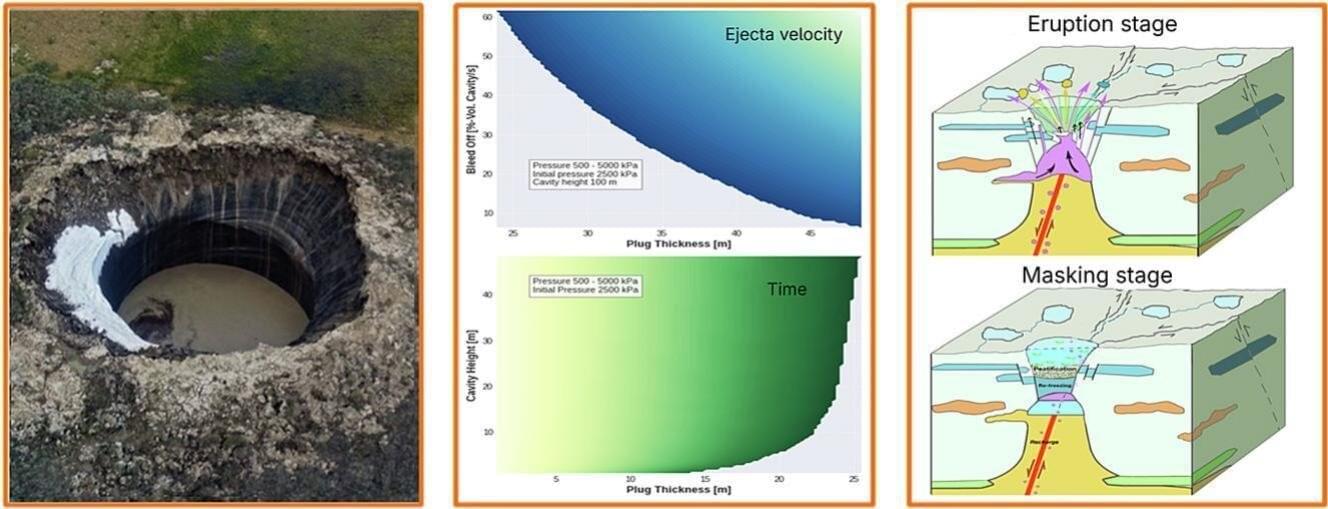
Scientists may be a step closer to solving the mystery of Siberia’s giant exploding craters. First spotted in the Yamal and Gydan peninsulas of Western Siberia in 2012, these massive holes, known as giant gas emission craters (GECs) can be up to 164 feet deep. They seem to appear randomly in the permafrost and are formed when powerful explosions blast soil and ice hundreds of feet into the air.
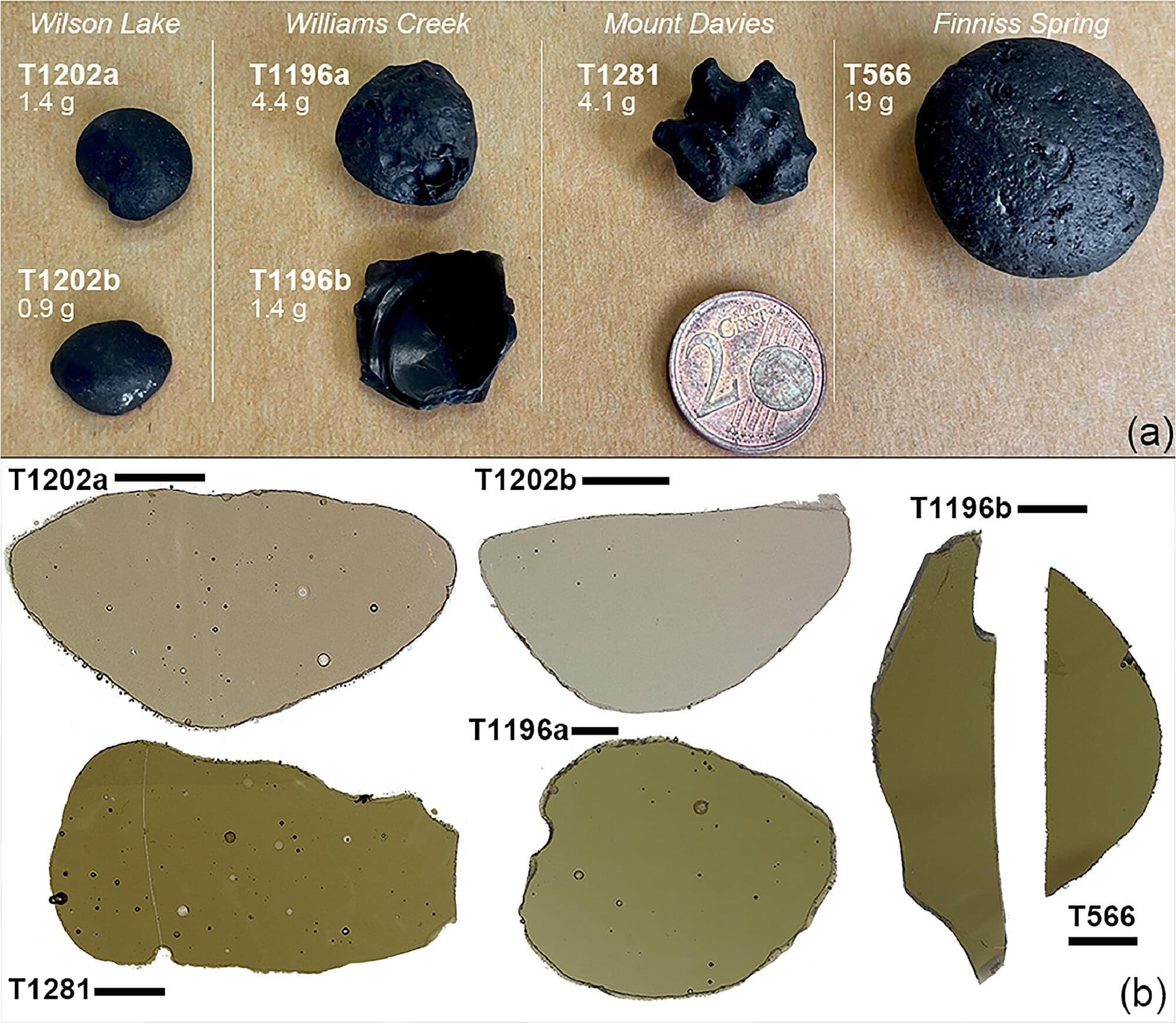
Throughout the planet, there are only a handful of known tektite strewn fields, which are large swaths of land where natural glass (tektite) was strewn about after forming from terrestrial material and being ejected from a meteorite impact. The tektite glass can be ejected extremely long distances, placing strewn fields far from their origins.


Using the MeerKAT radio telescope, an international team of astronomers has performed observations of a galaxy cluster designated SPT-CLJ2337−5942. The observational campaign revealed the presence of an ultra-steep spectrum radio halo in this cluster. The finding is presented in a paper published Sept. 9 on the arXiv preprint server.

Researchers at the Indian Institute of Technology Gandhinagar, in collaboration with Sri Sri Institute of Advanced Research and Fortis Escort Heart Institute, report that rhythmic breathing in Sudarshan Kriya Yoga (SKY) produces measurable shifts in brain rhythms associated with deep relaxation. The team finds that SKY practice increases theta and delta brain activity while reducing alpha power.
Rising rates of stress, anxiety, and depression combined with limited access to professional care have created a desire for low-cost, self-managed approaches to mental health.
Previous investigations into yoga, meditation, and breathing exercises have documented improvements in mood, fatigue, emotional processing, and executive brain functions. Meditation practices have been linked to structural and functional changes in neural networks governing attention, self-referential processing, and emotion regulation.
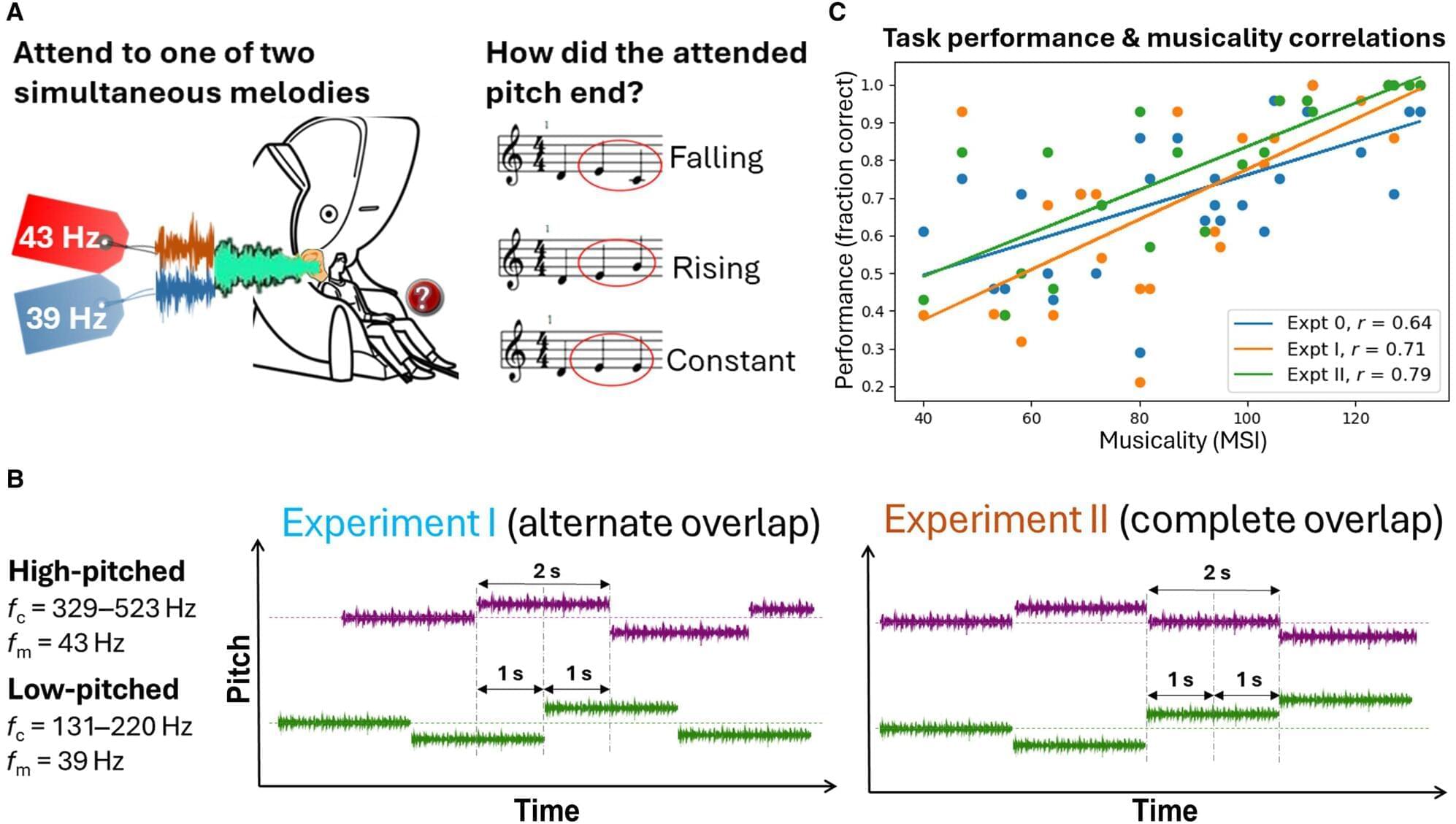
Musical people find it easier to focus their attention on the right sounds in noisy environments.
This is shown in a new study from Karolinska Institutet published in the journal Science Advances. The results suggest that music training can be used to sharpen attention and cognition.
Being able to focus on a conversation in a room full of noise is a complex task for the brain. In the new study, researchers have investigated how music training affects the brain’s ability to focus attention on specific sounds.
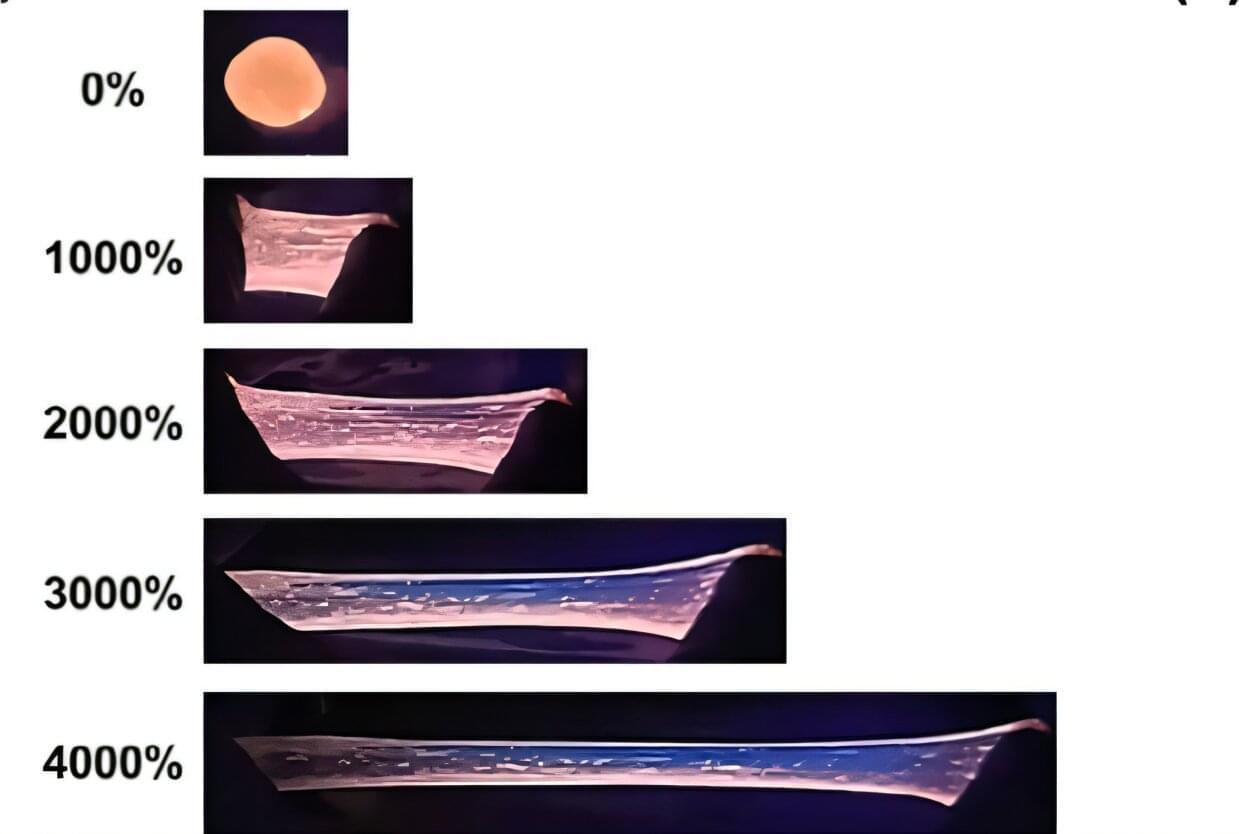
Scientists from Taiwan have developed a new material that can stretch up to 4,600% of its original length before breaking. Even if it does break, gently pressing the pieces together at room temperature allows it to heal, fully restoring its shape and stretchability within 10 minutes.
The sticky and stretchy polyurethane (PU) organogels were designed by combining covalently linked cellulose nanocrystals (CNCs) and modified mechanically interlocked molecules (MIMs) that act as artificial molecular muscles.
The muscles make the gel sensitive to external forces such as stretching or heat, where its color changes from orange to blue based on whether the material is at rest or stimulated. Thanks to these unique properties, the gels hold great promise for next-generation technologies—from flexible electronic skins and soft robots to anti-counterfeiting solutions.
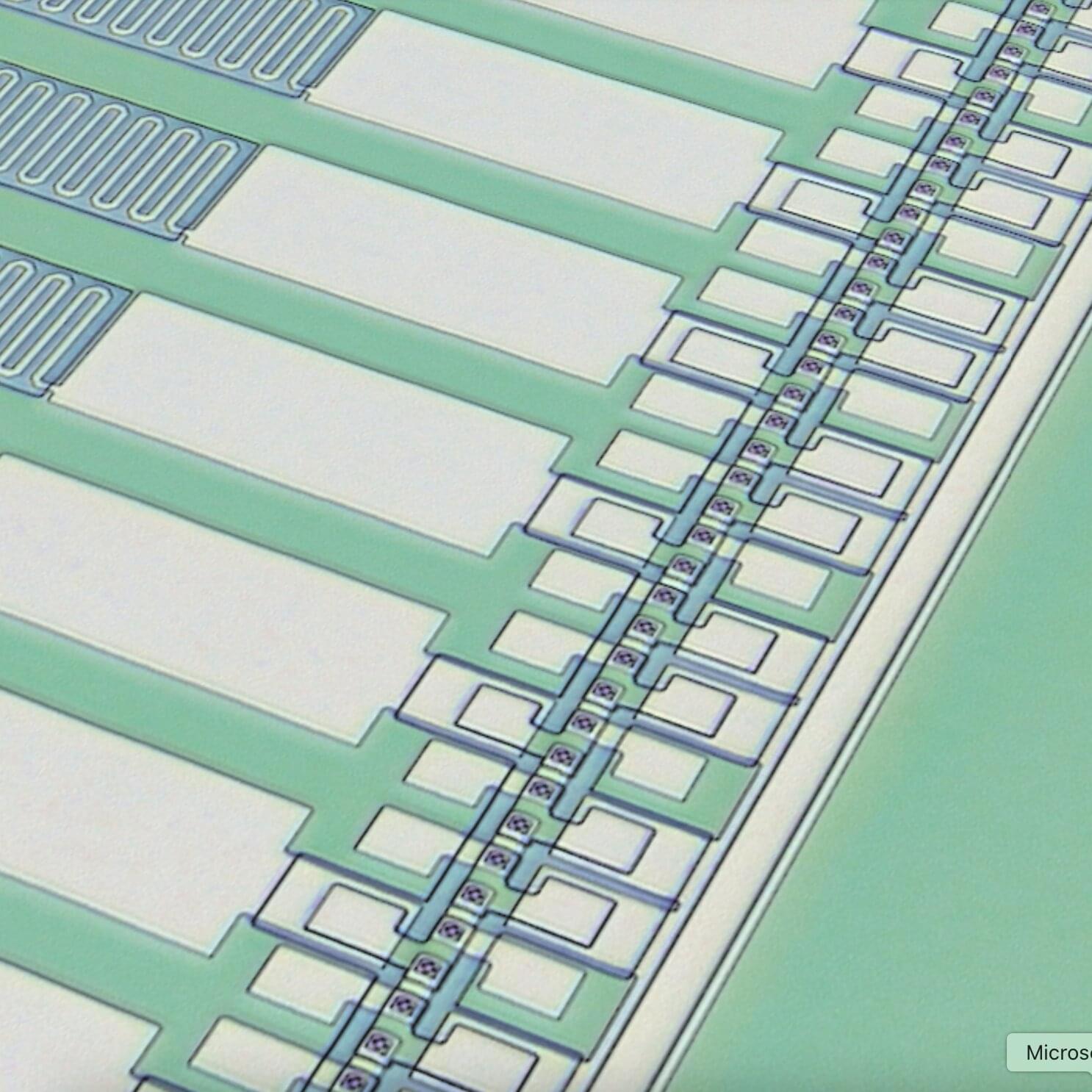
Quantum computing, an approach to deriving information that leverages quantum mechanical effects, relies on qubits, quantum units of information that can exist in superpositions of states. To effectively perform quantum computing, engineers and physicists need to be able to measure the state of qubits efficiently.
In quantum computers based on superconducting materials, qubits are indirectly measured by a so-called readout resonator, a circuit that responds differently based on the state of a qubit. This circuit’s responses are probed using a weak electromagnetic wave, which needs to be amplified to enable its detection.
To amplify these signals, also known as microwave tones, quantum technology engineers rely on devices known as amplifiers. Existing amplifiers, however, have notable limitations. Conventional amplifiers can send unwanted noise back to the qubit, disturbing its state. Superconducting parametric amplifiers introduced more recently can be very efficient, but they conventionally rely on bulky and magnetic hardware components that control the direction of signal and protect qubits from backaction noise.